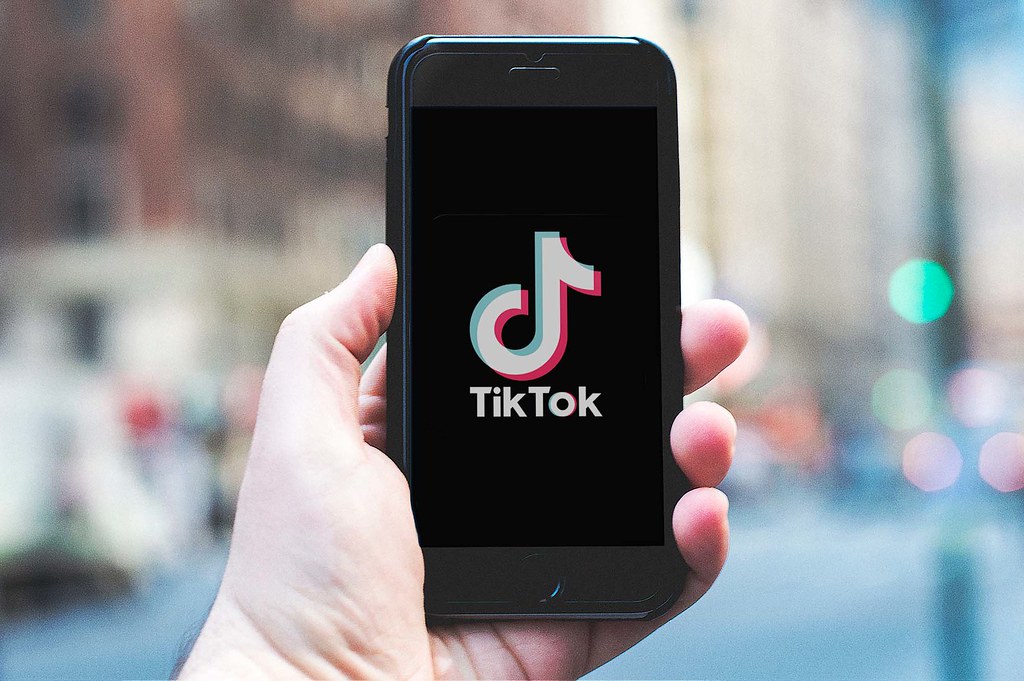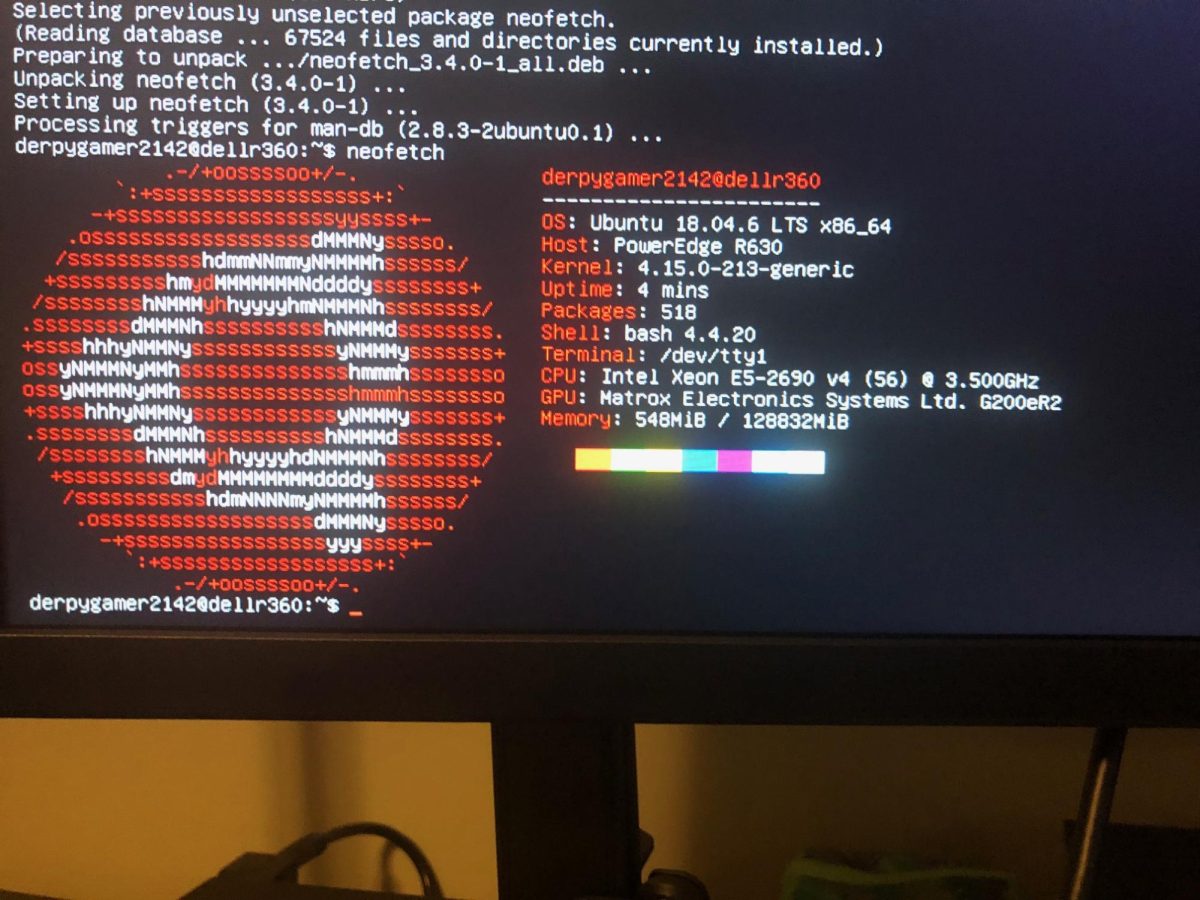Electronic cigarettes become more popular with high school students
March 17, 2014
A new “fad” has hit high schools and adults across the United States. Electronic Cigarettes are rumored to be an easy way to quit smoking, reduce the effects of inhaling smoke and reduce the risk of second-hand smoke.
Electronic cigarettes, otherwise known as E-cigs, are battery-operated devices that turn the liquid propylene-glycol into vapor, rather than smoke, that the user then inhales. Most of these liquids include dissolved nicotine, though some do not and only include a flavor.
So what are E-cigs doing in the hands of underage high school students?
E-cigs, have been used as “shortcuts” for teens to get the look of smoking a cigarette while avoiding the addictive effects of nicotine since the drug does not enter the lungs. However, this does not mean that E-cigs are safe or regulated by the FDA (Food and Drug Association).
According to the FDA, “E-cigarettes have not been fully studied so consumers currently don’t know the potential risks of e-cigarettes when used as intended.”
Also because of the lack of studies, the FDA admits to not knowing how much nicotine or other potentially harmful chemicals are being inhaled during use, or if there are any benefits associated with using this product.
Not enough is known about the product to understand its lasting effects. An analysis of two popular brands done by the Mayo Clinic showed the presence of toxic chemicals, including those known to cause cancer.
One substance whose effects are unknown is the liquid that the nicotine and flavoring is dissolved in, propylene-glycol. According to an interview with Mayo Clinic’s Dr. Richard D. Hurt, though the flavoring is closely related to vegetable-oil when consumed, its effects are unknown on the upper respiratory system.
Though there is little evidence that the newly popular E-cig is harmful to the users health or those around them, there is also little evidence that they are not harmful.
“As of right now, there is no long-term safety data showing the impact of repeated inhalation of propylene glycol or vegetable glycerin on lung tissue,” according to Jon Ebbert, M.D., associate director at Mayo Clinic’s Nicotine Dependence Center.
Personally, I struggle to see the benefit to users who are consuming something that is such a mystery to scientists, especially for those with little to no prior use of smoking cigarettes or those that are not of age.
Another one of my concerns is the possibility that such devices may be a gateway to smoking cigarettes, marijuana and hookah.
In an article published on Be Tobacco Free’s website, it was stated that “using e-cigarettes may lead kids to try other tobacco products—including conventional cigarettes—which are known to cause disease and lead to premature death.”
There are too many question marks concerning the dangers or benefits of using an E-cig for recreational use, to help quit smoking, or use to avoid second-hand smoke.
Claims that E-cigarettes have helped consumers quit smoking are out there but are yet to be backed up by credible sources.
From the evidence found through the FDA and Mayo Clinic, I cannot pose an opinion supporting electronic cigarettes especially for those being used for recreational purposes and therefore stand against it. However, information is still being discovered concerning the product’s safety.

























































